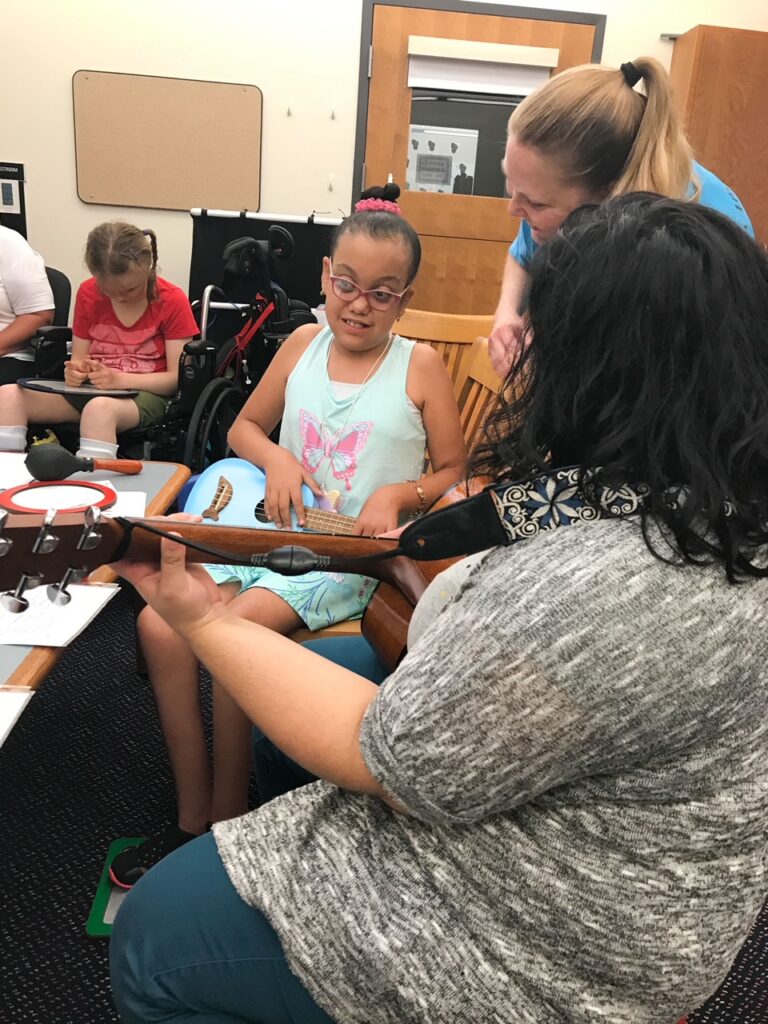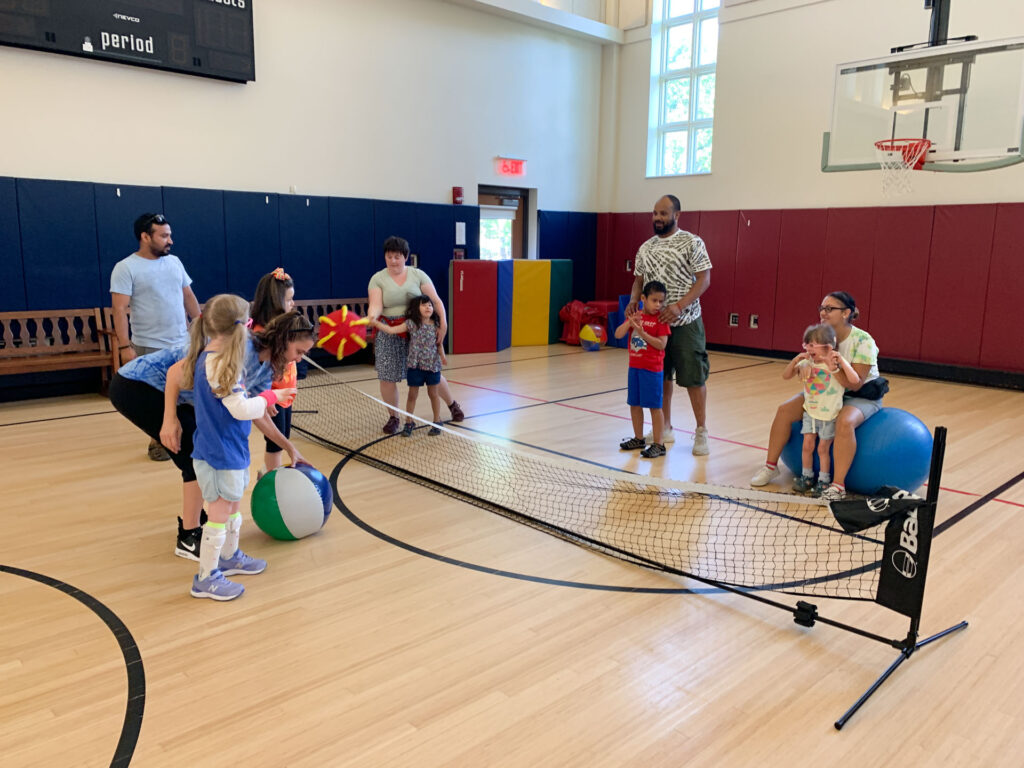Through reading and physical education, blind and deafblind students get to enjoy the same access to camp as their sighted peers.

In the 1820s, a prominent Boston physician named Dr. John Dix Fisher was in France when he happened to visit L’Institution Nationale des Jeunes Aveugles in Paris, the first school for the blind in the world.
Fisher was so moved by what he saw that he was determined to start a similar school in Boston.
Upon his return to the United States, Fisher, along with a number of other influential figures in the Boston area, convinced the Massachusetts legislature to sign an act that incorporated the New England Asylum for the Blind in 1829.
As a trustee and physician for the school until his death in 1850, Fisher worked with founding director Samuel Gridley Howe and others to fulfill a commitment to create equal opportunities for blind and deafblind students through education, literacy and independence.
The school, now known as Perkins School for the Blind, opened in 1829 using several rooms in the downtown Boston home of Howe’s father. It relocated several times as enrollment continued to grow. In 1912, it moved to its current location on the banks of the Charles River in Watertown, less than 10 miles from Boston.
The school has become a leading innovator of education for blind, visually impaired and deafblind students throughout the United States and the world. While a lot has changed in nearly 200 years, Perkins has never wavered from its philosophy that every child can learn, and learning is for life.
“We meet children where they are, in homes, hospitals, orphanages and schools,” explained Perkins senior development officer of U.S. major gifts Danielle Mensing. “We help families, teachers, schools and governments see what’s possible, and we share what we’ve learned over the course of our nearly 200-year history: that every person can successfully contribute to their community, given the right support.”

The educational initiatives at Perkins aren’t limited to typical classroom learning. A number of years ago, parents requested a Mommy and Me event for a week in August. The school opened its lower education building, provided minimal staff and snacks for families to use the facility. After receiving a federal grant several years later, the school expanded to include an after school program with paid staff.
In 2017, Perkins secured funding from the Constance O. Putnam Foundation, a Boston-based corporate foundation that distributes funds to organizations working with medical research, human suffering and the arts.
The idea was to create an experience that students were unable to access in the community. Over a two-week period in August, students have the opportunity to experience a combination of literacy and hands-on activities in a fun, safe environment. The camp became known as the Putnam Summer Literacy Program, named after the foundation that provided its funding.

Tracey Polimeno, a physical education teacher in the lower school who also serves as athletic director and coordinator of the camp, is quick to point out that while learning is a key part of the program, it’s not a school-type setting.
“The main objective is for our students to have a camp experience,” explained Polimeno, who has been at Perkins for 25 years. “It’s not school, it’s not IEP-based. It’s camp.”
Students are divided into small groups according to age. Each day of the camp represents a specific theme consisting of a story followed by activities based on that story. Activity areas include science, motor or PE, music, art and drama.

Stories are offered in braille, print and large print, complete with pictures and story boxes containing items related to that day’s story. Once activities are completed, students come back to the classroom, read the story again and answer a list of comprehension questions.
In one example, campers read a story about going on a bear hunt. They crossed a makeshift bridge out of balance beams, made tall grass out of streamers and walked through pretend mud using squishy mats. They also recorded sounds to make the experience as real-life as possible.
Polimeno stressed that all camp activities were strictly voluntary.
“There’s no pressure. If one day you don’t feel like going, don’t. It’s a low-stress, fun environment for our students.”
As the camp grew, so did the need for additional funding. Last December, Mensing met Foreseeable Future Foundation CEO Griffin Pinkow at an event in New York. She introduced him to her colleague, Julie Williams, Perkins’ Director of Individual Giving. Williams outlined the needs of the Putnam Summer Literacy camp, and the school was named as a recent grant recipient. The funds are being used to provide additional staff and classroom supplies.
“The money goes towards all aspects of the camp to allow us to provide a great environment for these students and a fun two weeks of camp,” Mensing said.
As a physical education teacher, Polimeno is also a strong believer in literacy. The opportunity to host a summer program that emphasizes both has been invaluable to students and their ability to gain independence.
“I incorporate literacy into my classes as much as I can. It’s an important skill that benefits lifelong learning. A lot of our students want to go to the gym or out in the community to access any sort of group or social activity. They’re going to need to fill out forms or at least understand someone helping them fill out forms or signing up for things, how to use equipment.”
At the camp’s conclusion, students are given a book containing photos of their experience to decorate and create their own personal story. It’s a great way for them to share the experience with their families.
“I get amazing feedback. The students come home happy, and the parents can see from the pictures that their child is participating.”
